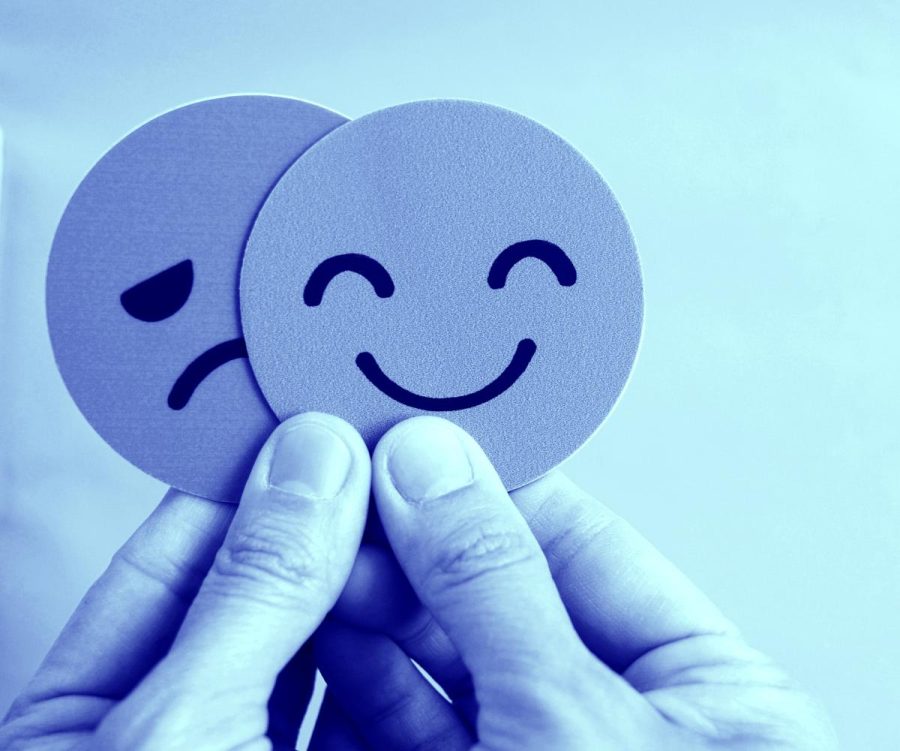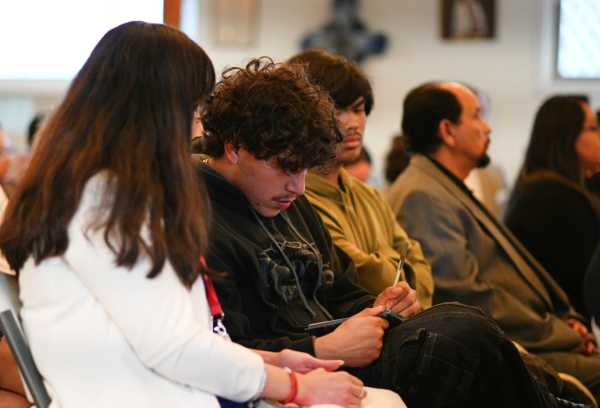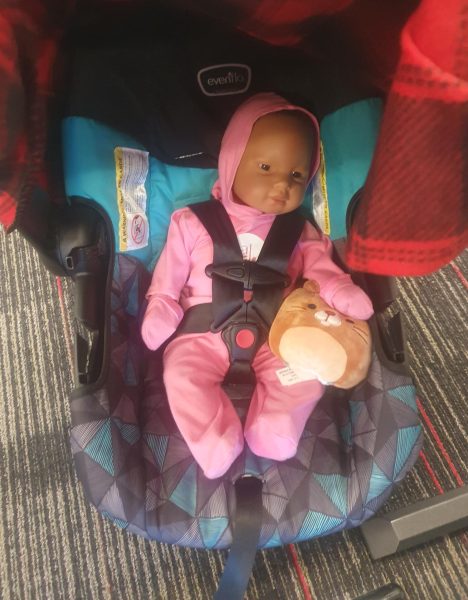Anxiety and Depression: What’s it all about?
With COVID, we saw a rise in anxiety by large percentages. This, on top of everyday stressors of just being a highschooler.
Anxiety. Everyone has experienced it in their life. Maybe before a presentation, or talking to someone new. It’s become the new norm.
According to the National Institutes of Health, nearly 1 in 3 teenagers ages 13 to 18 will experience an anxiety disorder.
But what is anxiety exactly?
According to google its “a feeling of fear, dread, and uneasiness. It might cause you to sweat, feel restless and tense, and have a rapid heartbeat. It can be a normal reaction to stress.”
For example, you might feel it before taking a test, asking for help or not being sure if you will be able to turn in an assignment on time. All these things make us nervous, that then turns into anxiety.
But we have to also take in mind that each person is different, and how we handle nervousness is also different.

Someone could be excited about having to talk in front of people, while someone else is having a breakdown and rehearsing what they plan on saying and hoping that they don’t mess up.
” I tend to overthink things now and get embarrassed a lot easier .”- E.Q.
” It feels like the world is closing in on me and I start panicking, I feel this wave of sadness that feels endless”
Depression. Its very different than anxiety, yet people just put it in the category that someone is just “sad”.
Depression is a common and very serious medical illness that affects how you feel, the way you think, and how you act, negatively.
According to Mayo Clinic Health System, up to 44% of college students reported having symptoms of depression and anxiety.
We could say that both became worse after quarantine. Being stuck at home all day, weeks with maybe no communication between friends or classmates.
According to world health organization the first year of the COVID-19 pandemic, global prevalence of anxiety and depression increased by a massive 25%,
With finals just ending we had front row tickets to how much anxiety finals bring. Students pulling all-nighters to cram as much information as they can, having breakdowns and panic attacks. Finals and midterms are the top source of stress for 31% of U.S. students.
Also, according to the Anxiety and Depression Association of America, over 80 percent of students experience stress at some point in the semester, with the majority blaming finals as their biggest stressor.
When questioned, these were some responses to how finals make some students feel:
“I feel a whole different kind of anxiety.”
“Passing some classes are hard enough as is, then midterms and finals come around and make it even worse.”
Anxiety and depression have really taken over peoples’ lives.
Depression affects not only your mood but your behaviors and physical health. Severe depression can also result in losing the passion in the things you once enjoyed. It can also cause you to distance yourself from social relationships, even from people who you are closest with.
Anxiety also has severe effects on a person’s life. Struggling with the disorder can lead to horrible self-confidence, damaged relationships or worse things.
It’s important to know how severe these things are and when you should seek help because if left untreated, anxiety and depression can have severe consequences for the individual and people around them.
Your donation will support the student journalists of Santa Maria High School. Your contribution will allow us to purchase equipment and cover our annual website hosting costs.











